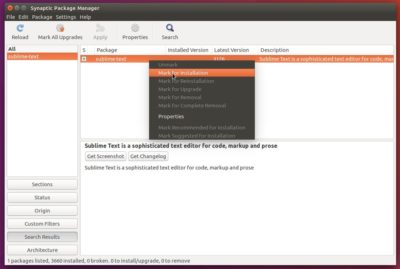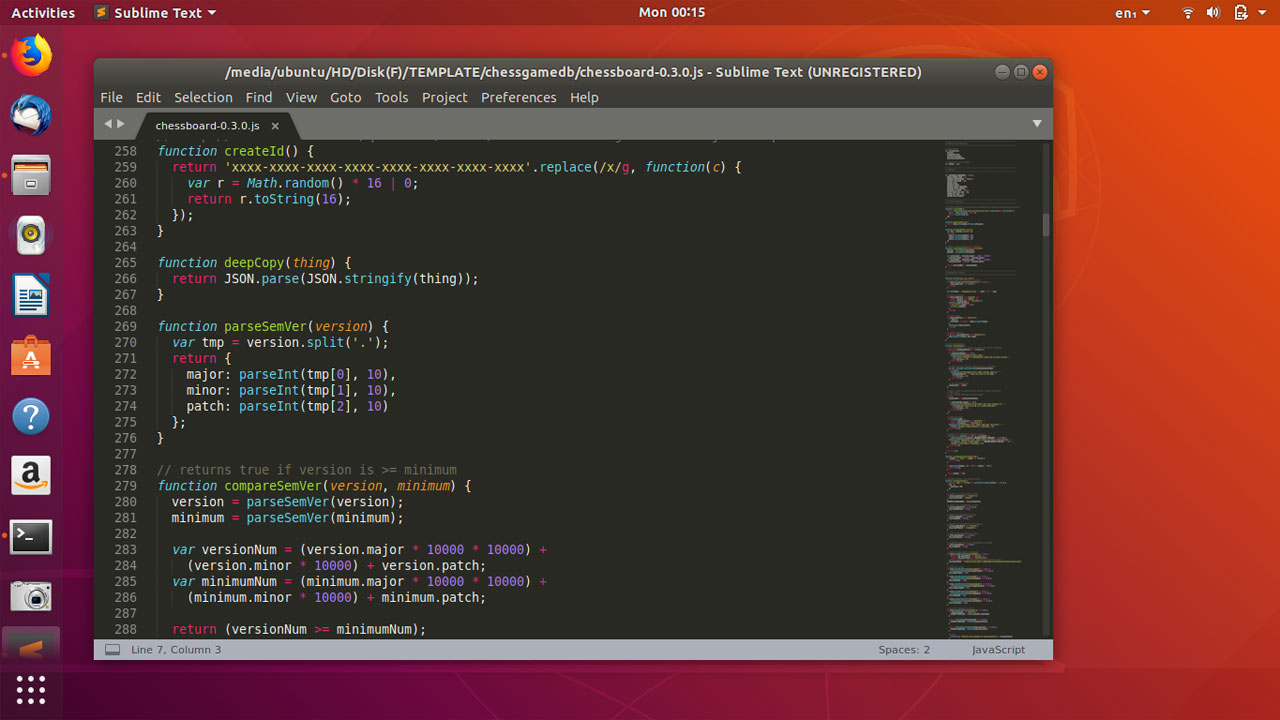

- #INSTALL SUBLIME TEXT HOW TO#
- #INSTALL SUBLIME TEXT INSTALL#
- #INSTALL SUBLIME TEXT ZIP FILE#
- #INSTALL SUBLIME TEXT MANUAL#
- #INSTALL SUBLIME TEXT PLUS#
Modify any files in the Packages/gcode dir as desired.
#INSTALL SUBLIME TEXT ZIP FILE#
If you have already installed it via Package Control, then what is in your /home/$USERNAME/.config/sublime-text-3/Packages/gcode folder will override what is in your /home/$USERNAME/.config/sublime-text-3/Installed Packages/gcode.sublime-package zip file which Package Control installed, so long as the folder and file names are the same. in case you'd like to change it or contribute to it, follow the "manual installation" instructions above. See also this section in my tutorial: To modify and test changes to this package locally. I am trying to fix a bug in an existing package, therefore I need a way to test my changes. If you want to learn more about Syntax Highlighting in Sublime Text, and how it maps to scope entries in your Color Scheme, read my tutorial.

Option 1: the GUI way: click the green "Code" button above -> "Download ZIP" -> save the zip file, extract it to your Packages path above, and rename it to gcode. Now, extract this package to that folder. For me on Linux Ubuntu 20.04, that's /home/gabriel/.config/sublime-text-3/Packages (even though I am running Sublime Text 4). This will open up your GUI file manager to the path where Sublime Text packages are stored. In Sublime Text, find the path to your Packages folder by clicking Preferences -> Browse Packages.
#INSTALL SUBLIME TEXT INSTALL#
If you want to install for the first time, or make a new package, the folder name you use inside the Packages folder can be anything.
#INSTALL SUBLIME TEXT MANUAL#
Here are some of the key quotes and instructions from my manual installation instructions and tutorial.Īgain, note that I am only requiring that the name in the Packages folder be something specific like gcode in the instructions below because my instructions are intended to override a Package-Control-installed package the reader may already have installed. The main link you should study, aside from my tutorial, is this. It only needs to match what is inside the Installed Packages dir (which is at the same level as the Packages dir) if you want to override an already-installed package which was previously installed by Package Control in "packed" (zip file) format.

In short, to "install a package" withOUT Package Control, all you need to do is put the package into your Sublime Text Packages folder, whose path can be found by going to Preferences -> Browse Packages.
#INSTALL SUBLIME TEXT PLUS#
Using those answers together, plus putting in about 1 weekend worth of work into learning about how Sublime Text packages and syntax highlighting work, I wrote the following " Developer Notes & Package Development Tutorial", on GitHub, as well as these "manual installation" instructions.
#INSTALL SUBLIME TEXT HOW TO#
That is where I first learned about the existence of the Packages folder and how to find its path.


 0 kommentar(er)
0 kommentar(er)
